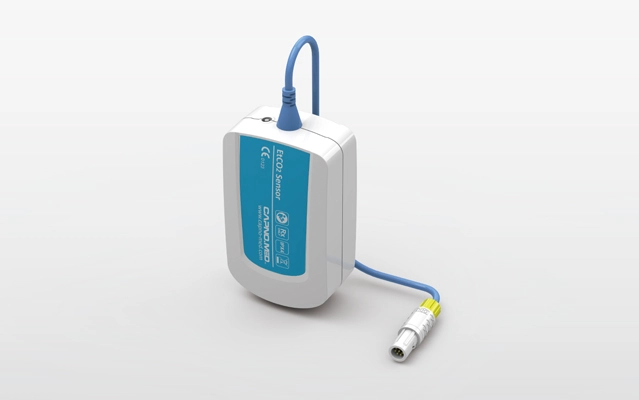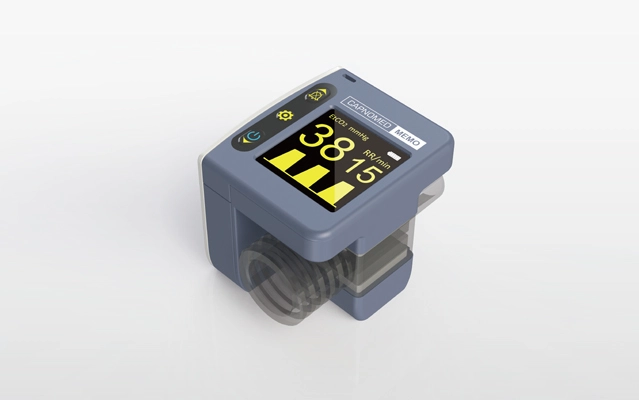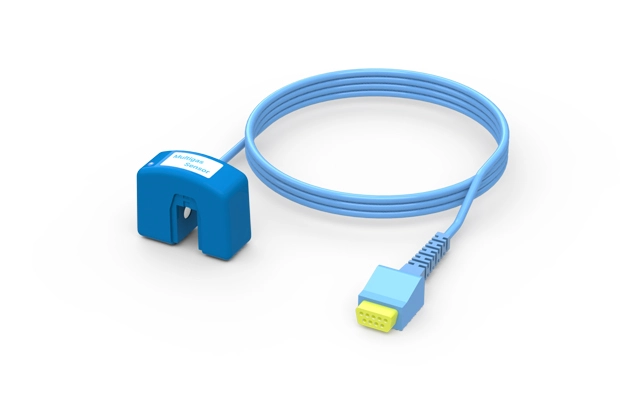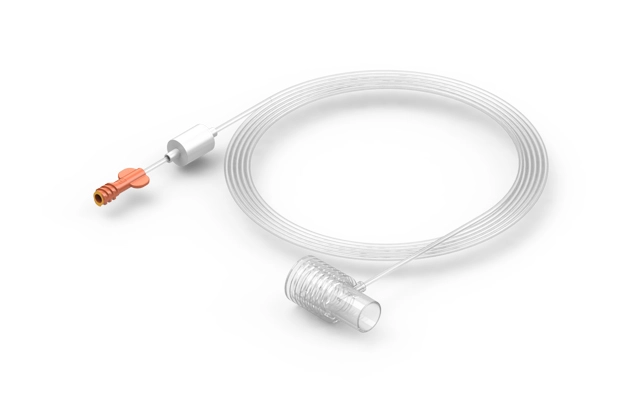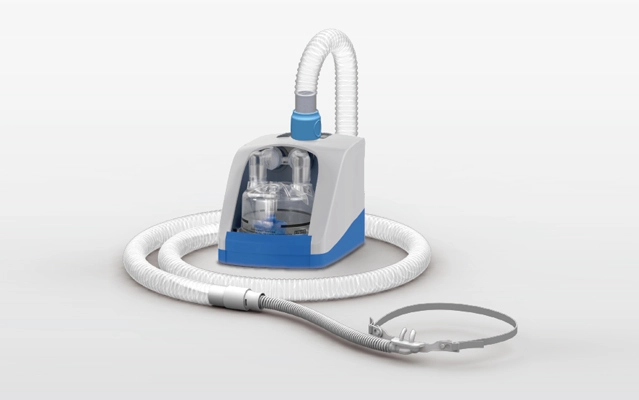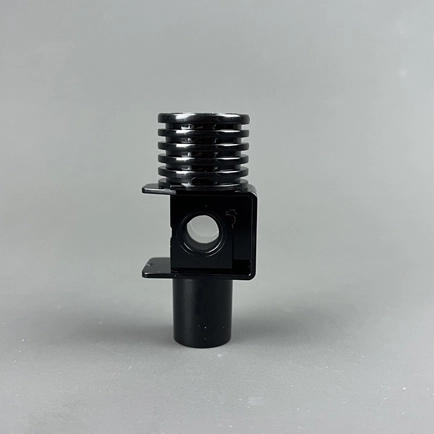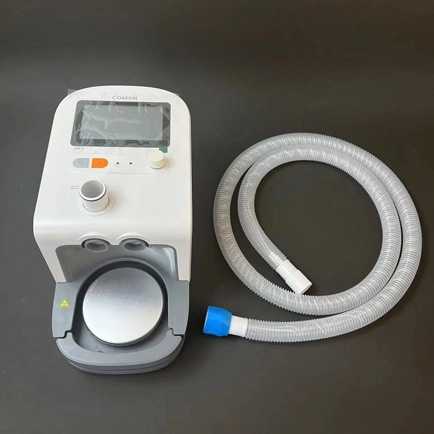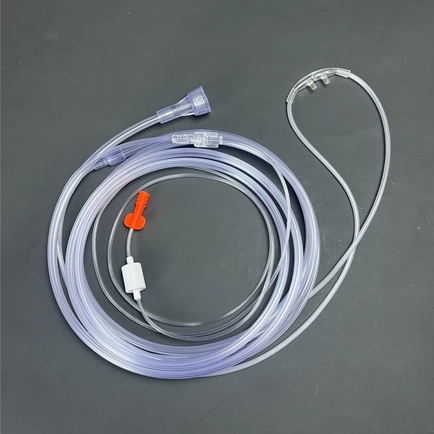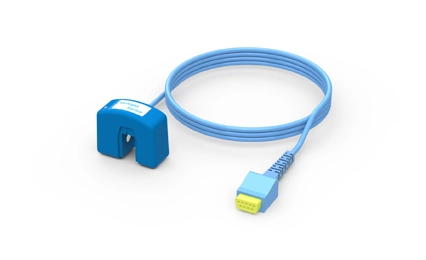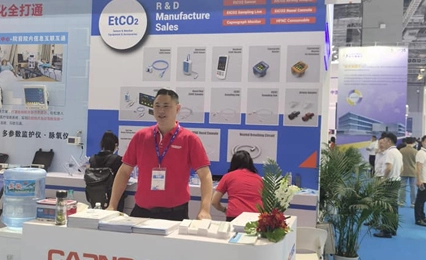In the realm of healthcare, the demand for accurate and real-time monitoring of vital signs is paramount. Capnometer devices have emerged as instrumental tools, playing a pivotal role in assessing respiratory function and ensuring patient safety. From critical care settings to routine clinical practices, the versatile applications of capnometers contribute to enhanced patient care and improved outcomes.
Understanding Capnometry: A Window into Respiratory Health
Capnometry in a Nutshell:
Capnometry is the measurement and monitoring of the concentration of carbon dioxide (CO2) in exhaled breath. Capnometer devices, designed for this purpose, provide a numerical value known as end-tidal carbon dioxide (EtCO2) that reflects the level of CO2 at the end of a patient's exhalation. This metric serves as a valuable indicator of respiratory function and is utilized across various medical scenarios.
Respiratory Assessment and Beyond:
Capnometers are integral components of respiratory assessments, providing clinicians with immediate insights into a patient's ventilation status. In situations such as emergency care, anesthesia, and critical care, capnometry aids in the prompt detection of respiratory distress, helping clinicians make informed decisions and intervene when necessary.
Applications of Capnometer Devices in Healthcare
Critical Care and Emergency Medicine:
In critical care settings, capnometers serve as vigilant monitors of respiratory function. They are particularly valuable in the early detection of conditions such as respiratory failure, ensuring timely interventions. In emergency medicine, capnometers play a crucial role in assessing patients with acute respiratory distress, guiding clinicians in their decision-making processes.
Anesthesia and Sedation Monitoring:
Capnometry is a standard practice in anesthesia and sedation management. Monitoring EtCO2 levels helps anesthesiologists maintain an optimal balance during procedures, preventing complications such as hypoventilation or hyperventilation. Capnometers provide continuous feedback, allowing for adjustments in real-time to ensure patient safety.
Routine Clinical Practices:
Beyond critical and acute care, capnometers are becoming commonplace in routine clinical practices. They find application in general wards, outpatient settings, and even during procedural sedation. The non-invasive nature of capnometry makes it a valuable tool for continuous monitoring without causing discomfort to patients.
Advantages of Capnometry Technology
Accuracy and Speed:
Capnometer devices offer a level of accuracy and speed that is essential in healthcare settings. The real-time measurement of EtCO2 levels provides immediate feedback, enabling clinicians to assess respiratory status promptly. This efficiency is critical in time-sensitive situations where swift decisions are necessary.
Non-Invasive Monitoring:
Capnometry is a non-invasive method of monitoring respiratory function. It eliminates the need for arterial blood gas sampling, which can be uncomfortable for patients and time-consuming for healthcare providers. Capnometers offer a convenient and continuous monitoring solution, enhancing patient comfort and compliance.
Integration with Monitoring Systems:
Capnometer devices seamlessly integrate with broader patient monitoring systems. This integration allows for a comprehensive approach to patient care, with respiratory data complementing other vital signs. The interoperability of capnometry technology enhances the overall monitoring capabilities of healthcare facilities.
Future Directions
As technology continues to advance, so does the capabilities of capnometry devices. Future iterations may include enhanced connectivity, more sophisticated analytics, and further miniaturization for increased portability. These advancements position capnometry as a dynamic and evolving field within respiratory monitoring.
In conclusion, capnometer devices have established themselves as indispensable tools in healthcare, offering a window into respiratory health with precision and immediacy. From critical care scenarios to routine clinical practices, the applications of capnometry are diverse and continue to evolve with technological progress. As healthcare professionals strive for enhanced patient care and improved outcomes, capnometers stand as invaluable allies, providing crucial insights into respiratory function and contributing to the ever-advancing landscape of modern healthcare.
 English
English
